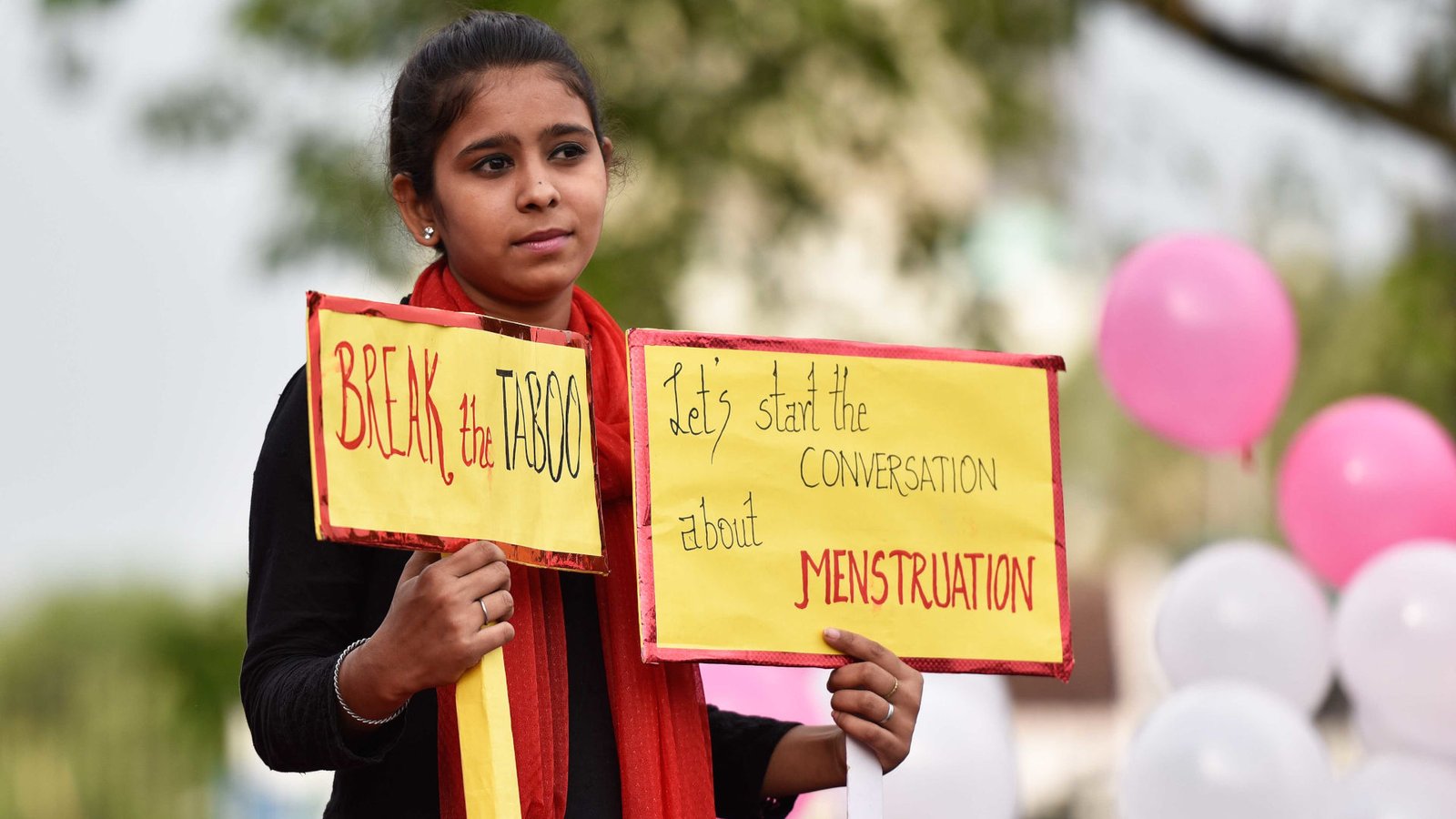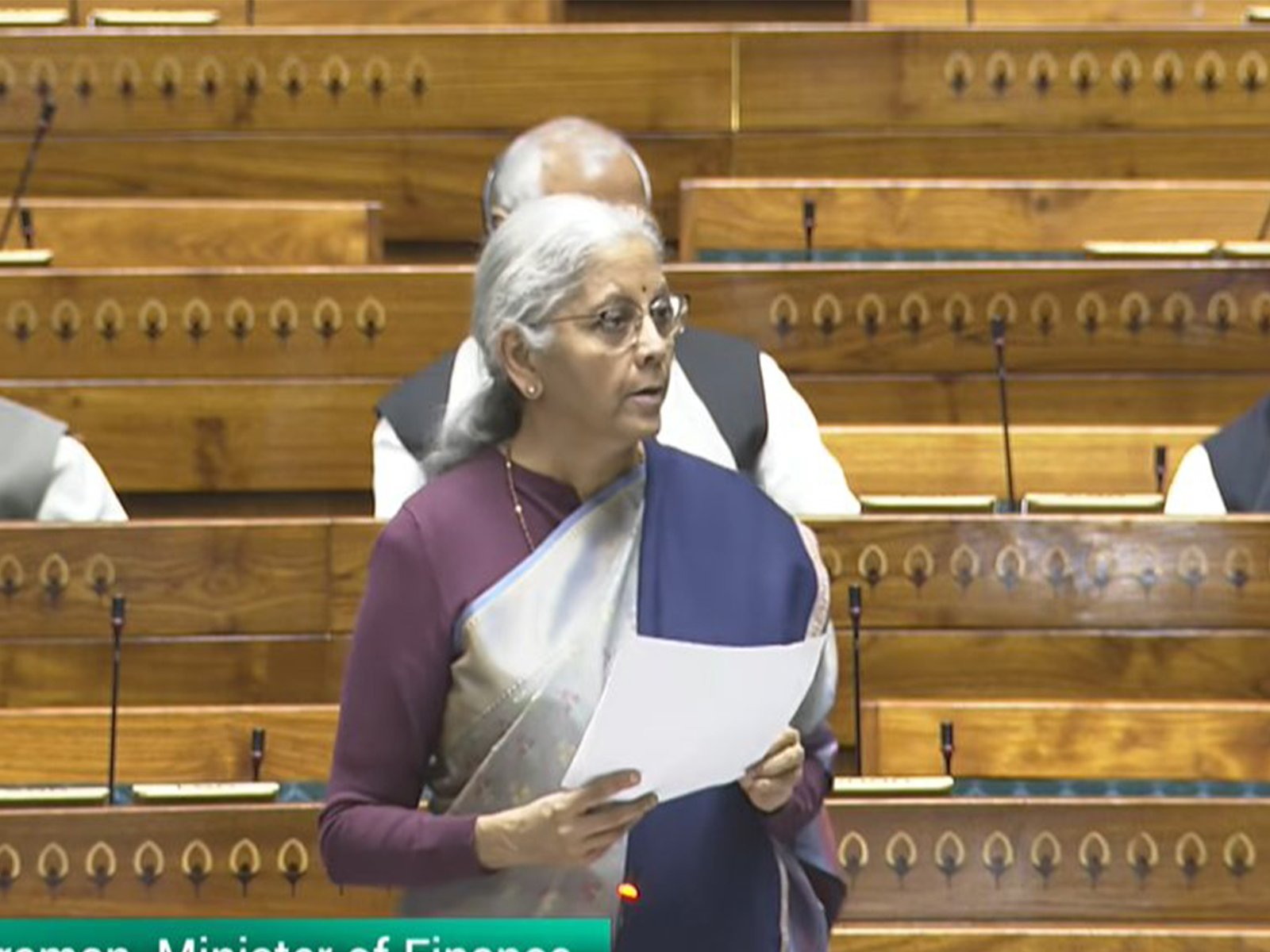Why in the News?
- Karnataka recently approved one paid menstrual leave per month for women in government and private offices.
- Comedian Urooj Ashfaq joked: if men menstruate, it would be celebrated with government support, ministers, and PMS relief funds.
- This echoes Gloria Steinem’s 1978 essay “If Men Could Menstruate”, which argued that biological traits associated with power are socially celebrated, while traits of the powerless are stigmatised.
What is a Menstrual Leave?
It is a type of leave where women and trans women may have the option of taking a paid leave from their workplace during the period of menstruation.
Significance of Providing Menstrual Leave in India
- Promotes Gender Equity at the Workplace
- Menstrual leave recognises that women experience unique biological conditions that can affect productivity.
- It moves from “equality” (same treatment) to “equity” (fair treatment based on needs), ensuring women can participate fully and fairly in the workforce.
- Acknowledges Menstrual Health as a Legitimate Concern
- It treats menstrual pain (like dysmenorrhea or endometriosis) as a valid health issue, not a taboo.
- Encourages women to take care of their health without guilt or stigma.
- Encourages Workplace Sensitivity and Inclusivity
- Menstrual leave helps build a gender-sensitive work environment, making workplaces more accommodating and humane.
- It can also promote open discussions on women’s health and reduce long-standing taboos.
- Improves Productivity and Employee Well-being
- Allowing rest during painful days improves mental and physical health, reducing burnout and absenteeism in the long run.
- Healthier employees are more efficient and motivated when they return to work.
- Strengthens India’s Social Justice and Policy Framework
- Supports India’s constitutional goals under Articles 14 (Equality before Law) and 42 (Just and Humane Conditions of Work).
- Aligns with global commitments like the UN Sustainable Development Goal 5 (Gender Equality).
- Encourages Retention of Women in the Workforce
- India’s female labour force participation is low (~26%); menstrual leave policies can help reduce dropouts due to health issues.
- Promotes long-term inclusion and career growth for women.
Global Examples of Menstrual Leave
- USSR (1922): first menstrual leave policy, withdrawn within 5 years.
- Japan (1947) and South Korea (1953): introduced paid leave; Spain (2023) was first in Europe to legislate it; Portugal (2024) allowed limited leave for conditions like endometriosis.
- Low uptake is common due to stigma, discrimination, and bureaucratic requirements, even where legal provisions exist.
India’s Policy Landscape
- State-level initiatives: Bihar (1992), Kerala (2023), Odisha (2024), Karnataka (2025) approved paid leave policy. Karnataka’s policy extends to private-sector employees, a rare step.
- National level:
- Supreme Court (2024) refused to mandate menstrual leave under the Maternity Benefit Act, fearing women could be shunned in hiring and promotions.
- Draft Menstrual Hygiene Policy (2023) and Right to Menstrual Leave Bill (2022) have not been implemented.
- Workplace reality: Policies often clash with male-designed systems, including rigid schedules, ergonomics, temperature, and assessment criteria. Women’s biological realities—menstruation, pregnancy, caregiving require special accommodation, which is often seen as “extra” rather than standard.
Socio-Economic and Gender Concerns
- Indian women earn only Rs 40 per for every Rs 100 earned by men (World Economic Forum’s Global Gender Gap Report 2024).
- Women comprise 26% of workforce (2025), and menstrual leave could be misinterpreted as reduced productivity.
- Policy recognition is a double-edged sword: it affirms rights but may reinforce stereotypes if poorly implemented.
Implications
- Affirmation of women’s rights: Menstrual leave acknowledges menstrual health as part of workplace welfare and gender equity.
- Potential workplace discrimination: Without safeguards, women could face bias in hiring, promotion, or evaluations.
- Need for gender-sensitive workplace design: Policies must be accompanied by ergonomic, schedule, and sanitation reforms.
- Influence on public perception: Raises awareness about conditions like dysmenorrhea and endometriosis, reducing stigma.
- Policy as corrective measure: Menstrual leave promotes equity, integrating biological differences into labor policy rather than treating them as exceptions.
Challenges and Way Forward
| Challenge | Way Forward |
| Stigma and social bias | Awareness campaigns, sensitivity training for managers, workplace dialogues to normalize leave. |
| Discrimination in hiring/promotions | Confidential leave records, anti-discrimination laws, monitoring gender representation. |
| Excessive documentation requirements | Simplify verification (self-certification, doctor’s note only for chronic conditions). |
| Fragmented policy approach across states | Model national policy in consultation with states, stakeholders, and health experts. |
| Implementation in informal sector | Public health initiatives for free menstrual products, outreach programs, and employer incentives. |
Conclusion
Menstrual leave is a corrective policy, not a privilege. Karnataka’s move highlights growing recognition of menstrual health in India. Its success depends on non-discriminatory implementation, cultural acceptance, and integration into broader workplace reform. A truly equitable system must normalize biology, reduce stigma, and ensure fair access to opportunities.
| EnsureIAS Mains Question Q. Critically analyse the importance of menstrual leave in India. Discuss the challenges in implementation and suggest measures to ensure gender-equitable workplaces. (250 Words) |
| EnsureIAS Prelims Question Q. Consider the following statements about menstrual leave policies: 1. Spain was the first European country to legislate paid menstrual leave in 2023. 2. Low uptake in Japan is primarily due to absence of legal provisions. 3. The Supreme Court of India (2024) refused to mandate menstrual leave citing potential workforce discrimination. 4. Menstrual leave automatically ensures equality in hiring and promotion. Which of the statements are correct? Answer: A. 1 and 3 only Explanation: Statement 1 is Correct: Spain became the first European nation to legislate paid menstrual leave in 2023. Statement 2 is Incorrect: Low uptake in Japan is due to stigma, workplace discrimination, and social norms, not just legal absence. Statement 3 is Correct: The Supreme Court declined to mandate menstrual leave, warning it could lead to discrimination against women. Statement 4 is Incorrect: Leave alone does not ensure equality; it requires supportive workplace policies and anti-discrimination safeguards. |
Also Read | |
| UPSC Foundation Course | UPSC Daily Current Affairs |
| UPSC Monthly Magazine | CSAT Foundation Course |
| Free MCQs for UPSC Prelims | UPSC Test Series |
| ENSURE IAS NOTES | Our Booklist |





